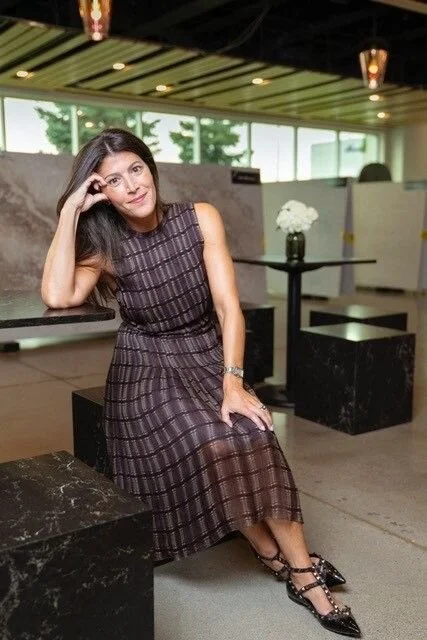Though in the future, the COVID-19 pandemic may be seen as a finite period in time, there's no doubt it has been culturally defining, meaning office spaces will have no choice but to engage with these concerns on a meaningful, long-term basis.
Weston Williamson + Partners envisions social-distancing office
Weston Williamson + Partners intends to combine changes in working practices with physical alterations to its workspace to allow employees that want to return to the office the opportunity to do so.
Watch: Interview With Rex Miller – The Next Work Environment Competition
What Do Distributed Teams Mean for Office Spaces?
Offices aren’t going anywhere, but the virus outbreak represents a chance to streamline how they look, feel, and function.
COVID-19 showed my company a better way to work—with 50% fewer offices
OpenText didn’t set out to shift to remote work. But it’s gone so well that 2,000 of its 15,000 employees will work from home on a permanent basis.
The return of the cubicle? Companies rethink office life post lockdown
For workers used to interacting on open plan floors, sanitizing office life and boosting remote working could limit their opportunity to swap ideas and weaken company culture. It also makes integrating new staff more difficult.
Searching for a solution to noise in an open-plan office
One of the key culprits in causing unhappiness in open-plan spaces is noise – and, according to an OnOffice round table of office design experts hosted by furniture brand Bisley, it isn't just volume that is the issue in most spaces.
Okta, Gensler And Colliers On The Art Of Designing Offices For People In Them Less
Immediate changes to office design include allowing for 6 feet between workers and halving conference room capacity, while other precautions include the use of professional cleaning and sanitation through the workday.
The Pandemic May Mean the End of the Open-Floor Office
As businesses contemplate the return of workers to their desks, many are considering large and small changes to the modern workplace culture and trappings.
A Pandemic Won’t Kill the Open Office, but Slack Could
Taking down walls made modern offices cheaper, infuriating, and perfect vectors for viral spread. But as a recession looms, they still may not be going anywhere.
We asked what you want the Office of the Future to be. Here's what you said.
Many people expressed surprise about how easy it is to keep productivity high when working from home if the right technology is in place and it is not something people are forced to do every day.
For Law Firms, COVID-19 Has Accelerated the Inevitable
The overnight shift to working from home is upending the model of how much real estate law firms really need.
Will the Work From Home Trend Impact Residential Design?
As working from home gains acceptance and more roles are fulfilled in remote settings, the fundamental principles of workplace design will still apply — just in a residential context.
From ‘officles’ to giant sneeze guards: How COVID-19 will change your open office
How Office Design Will Change
JLL’s guide to preparing for office re-entry
The advisor’s handy 10-page guide covers new norms for staff wellbeing and safety as well as tips for sticking to the guidelines for social distancing.
Goodbye to open office spaces? How experts are rethinking the workplace.
The coronavirus pandemic is exacerbating workers’ worries about returning to jobs in these often debated floor plans.
Why companies are looking to data in the return to office life
Workplace data is bringing customized insights into how companies can best keep their employees safe as offices reopen their doors.
For Workplace Designers, Diverse Data Opens Up New Possibilities
Designers, clients, and researchers at a Think Tank hosted by Ennead Architects explained how information gathered from many different sources can improve the workplace experience.
What People Can Expect From Their Workplace Post-COVID-19
Drawing on observations and experiences gleaned from decades of designing office environments, Martin Goldstein predicts some substantive shifts in what people can expect from the return to the workplace.

























